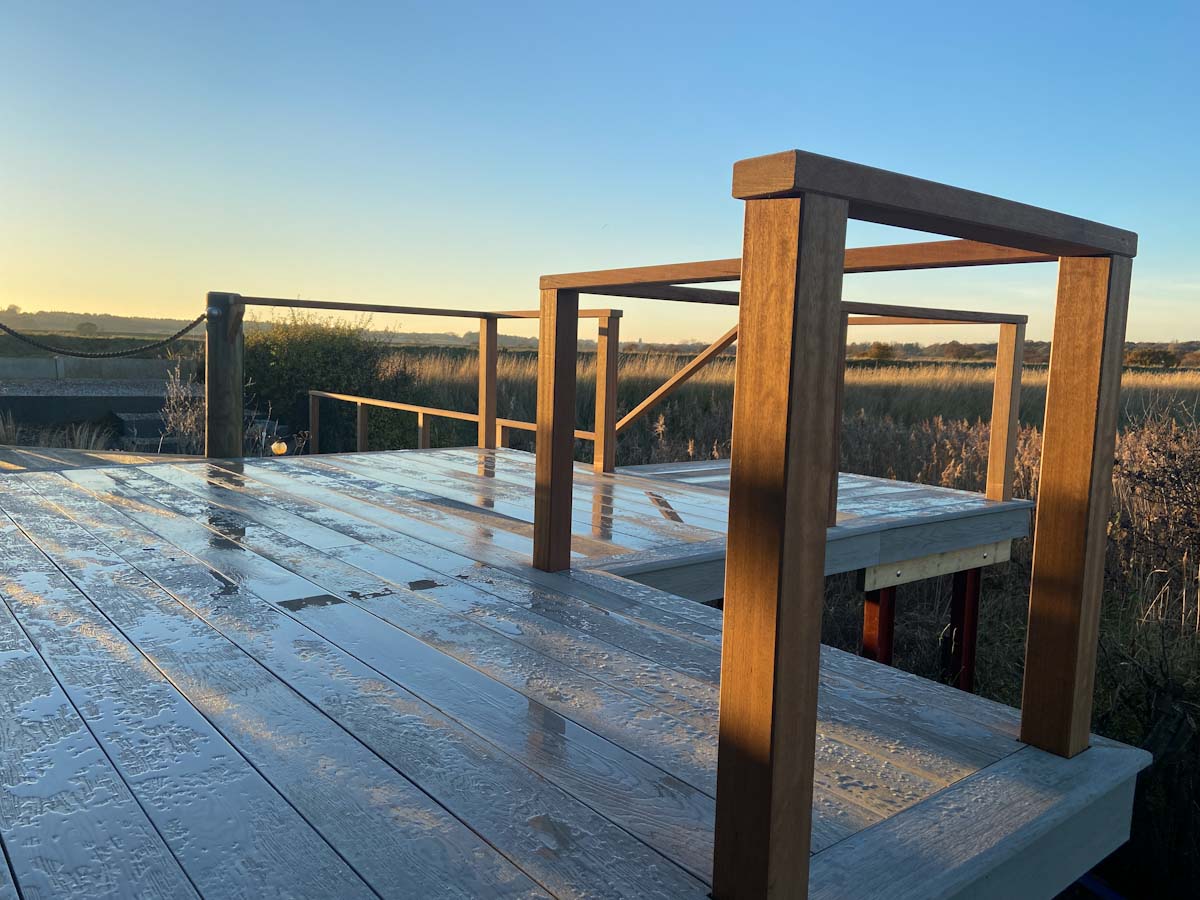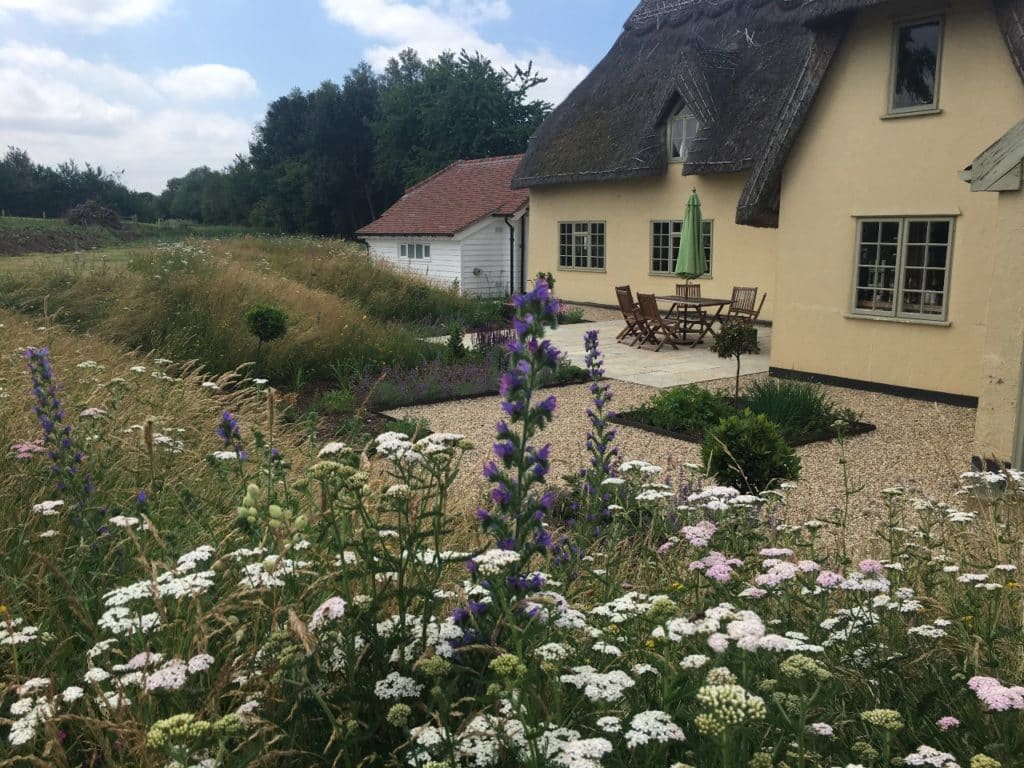09 Oct Conservation Area Garden Rules
How might conservation area garden rules affect your landscaping project. We try to unravel the regulations around gardens in special places.
Before we begin…..
I need to start this article by letting you know that I am a just a humble landscaper who also runs a garden design business. I’m confident that at the time of writing, the content of this blog is accurate. However, it’s not specific to where you live and the rules may have changed since the publication date. Therefore I strongly advise you to do further research and get the proper permissions before beginning any landscaping work in a conservation area.
My role as your garden designer and landscaper is to provide you with any design documents and/or construction drawings you may need for navigating the planning process. I can also help you to adapt designs and plans in accordance with advice from local officials.
What Is A Conservation Area And How Do You Know If Your Property Is In One?
For planning purposes, a conservation area is an of special historical or architectural interest that deserves to be preserved. It may be a pretty hamlet, a beautiful town square, a group of unusual buildings, an amazing park or a well-loved amenity space.
In Essex there are currently around 220 conservation areas, including Braintree Town Centre, St John’s Hospital in Chelmsford, the village of Dedham and the area around Brightlingsea Hall and All Saints Church.
Conservation areas are well documented and an internet search will soon tell you about any in your neighbourhood. To be absolutely certain, contact your local planning authority who will be able to tell you how far a conservation area extends, the reasons for its creation and the level of legal protection it has in place.
How Does Being In A Conservation Area Affect Your Landscaping Project?
Because a conservation area is meant to preserve the character of a neighbourhood, you may find that there are some restrictions of what you can do with your garden.
These are a few of the landscaping features that may be affected.
Boundary Walls, Fences and Hedges.
You may be unable to demolish, remove, or change the height of boundary walls etc. Although you should be allowed to sympathetically repair them. Conversely, if you don’t already have a hedges, walls or fences around parts of your property, it could be that you won’t be allowed planning permission to install one.
Garden Buildings.
Some garden buildings either have historical significance or they contribute to the character of a conservation area. Seek permission from the planning authorities before you demolish sheds or outbuildings. Although garden rooms etc often fall within permitted development for a ‘normal’ garden, there may be restrictions on size and/or style if your garden is in conservation area.
Vertical Surfaces.
Think twice before you paint, render or clad any exterior walls. There will almost certainly be restrictions on the front of your house, outbuildings and the back or your house may be affected too.
Parking Spaces.
We all value being able to park as close to our front door as possible, but in a conservation area there may be restrictions and caveats. For example you might not be granted permission for a dropped kerb or to widen a gateway. It may not be possible to create a hard standing, and if it is, there will probably be limited choices for the type of landscaping materials you can use.
Trees.
Trees play a huge part in creating the character of an area. If you are in a conservation area, Be very careful how you treat the trees in your garden. First find out if any Tree Protection Orders apply to your property. If they do, you will need planning permission to prune or fell them. If a tree trunk has a diameter of 75mm or over at chest height (1.5metres) you should notify your planning authority of any intent to prune or fell the tree at least 6 weeks before work is scheduled to begin. They’ll soon let you know if you need to change your plans! More information about trees and planning.
Planting Style.
Planting needs very careful consideration when landscaping in a conservation area. A minimalist garden will stick out like a sore thumb in a row of cottage gardens. But don’t worry, a good garden designer will be able to guide you towards finding the right plants for your gardening ability.
It’s crucial that the plant palette and landscaping materials are in keeping with the property in a conservation area.
Landscaping Materials.
It’s quite likely that in a conservation area you may have a limited palette of landscaping materials to choose from. A good garden designer will help you to source suitable stone, paving, timber, plants and colour schemes.
Layout.
Frustratingly, there may be restrictions on potential garden layouts within conservation areas, particularly for front gardens, any space visible from the road, and for listed properties. Don’t worry, with clever landscaping, your garden can still be tailored to your needs and made to look amazing.
Construction Techniques.
With listed properties especially, construction techniques matter and should always pay homage to the craftsmen who first built your home and garden.
Protected Views.
The question of protected views may not have too much bearing on your landscaping project, but please be careful. You may need to compromise between protected views and privacy. Tall trees, pergolas and pleached trees are brilliant for creating a feeling of seclusion but my cause consternation amongst planners. Talk to your garden designer about ways to meet your needs without upsetting the authorities.
Can You Landscape A Garden In A Conservation Area?
Conservation areas are all about preserving or enhancing a neighbourhood. Therefore, provided you are careful with your garden design and the standard of works, there should be no problem with landscaping your garden. My advice would be to forge a strong relationship with your planning officer and involve your garden designer and landscaping in all meetings. That way, there will be no miscommunication along the way and minimal disruption to the project.
A good source of guidance are the Article 4 Directions related to the conservation area you live in. This information is usually available online. As an example, here’s the Article 4 Direction for Silver End Garden Village in Braintree.
Good luck! And remember if you need help building a garden within a conservation area, Holland Landscapes have plenty of experience at dealing with planners and building control officers. Plans, risk assessments, technical specifications, method statements etc are all part of the remit for any garden makeover we work on and we’re always happy to share them with relevant officials.
Find your local planning authority





Sorry, the comment form is closed at this time.